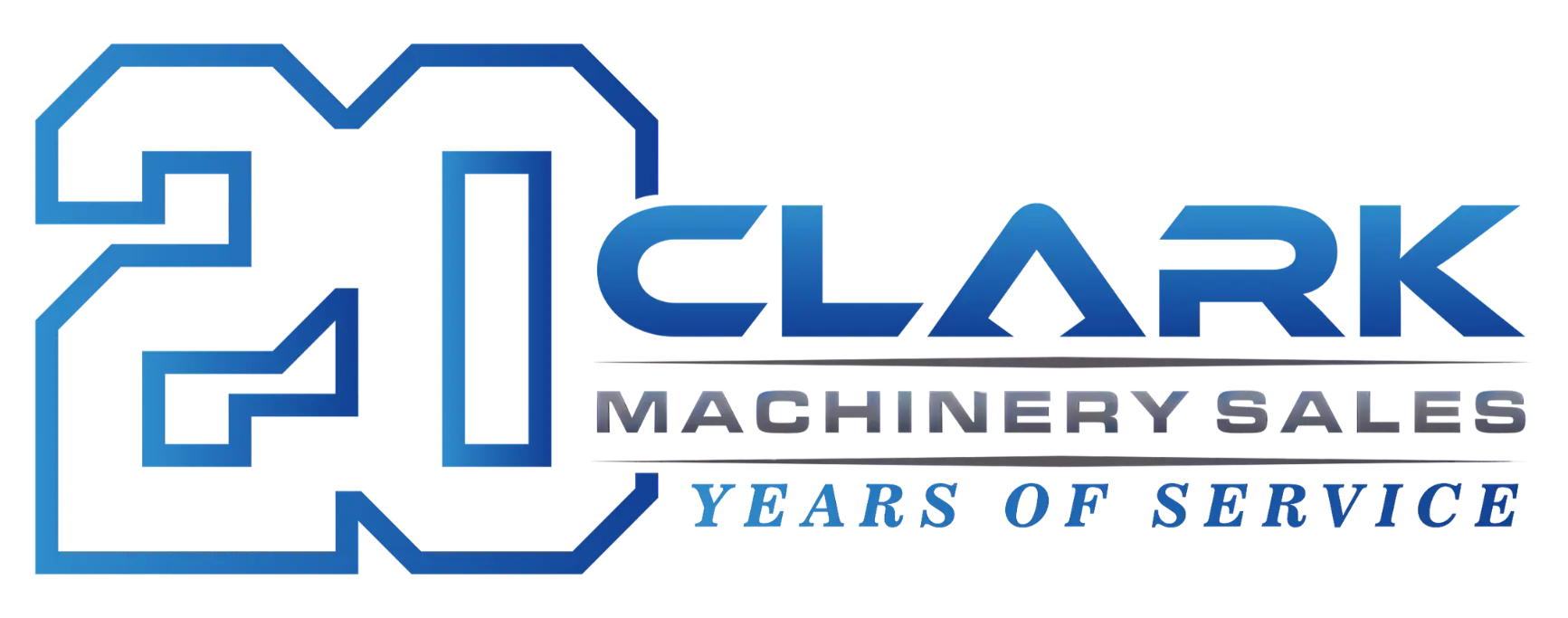
Get Your Equipment Appraised
Whether you need an appraisal of a single machine or an entire plant, we at Clark Machinery will complete your appraisal to the highest standards of the AMEA and the guidelines of USPAP. Call us now to discuss how we may be of service to you.
REASONS FOR APPRAISALS
- Buyout/Purchase
- Finance
- Corporate Restructuring
- IRS reclassification
- Auctions & Liquidations
Submit Your Details
Please fill out the form below and we will be in touch.
DEFINITIONS OF VALUE
Forced Liquidation Value (Auction)
A professional opinion of the estimated most probable price expressed in terms of cash in U.S. dollars which could typically be realized at a properly advertised and conducted public auction sale, held under forced sale conditions and under present day economic trends, as of the effective date of the appraisal report. Conclusions taken into consideration are physical location, difficulty of removal, physical condition, adaptability, specialization, marketability, overall appearance and psychological appeal. Further, the ability of the asset group to draw sufficient prospective buyers to insure competitive offers is considered. All assets are to be sold on a piecemeal basis ‘as is’ with purchasers responsible for removal of assets at their own risk and expense. Any deletions or additions to the total assets appraised could change the psychological and or monetary appeal necessary to gain the price indicated.
Orderly Liquidation Value
A professional opinion of the estimated most probable price expressed in terms of cash in U.S. dollars which the subject equipment could typically realize at a privately negotiated sale, properly advertised and professionally managed, by a seller obligated to sell over an extended period of time, usually within six to twelve months, as of the effective date of the appraisal. Further, the ability of the asset group to draw sufficient prospective buyers to insure competitive offers is considered. All assets are to be sold on a piecemeal basis ‘as is’ with purchasers responsible for removal of assets at their own risk and expense. Any deletions or additions to the total assets appraised could change the psychological and/or monetary appeal necessary to gain the value indicated.
Market Value (Fair Market Value)
A professional opinion of the estimated most probable price expressed in terms of cash in U.S. dollars to be realized for property in an exchange between a willing buyer and a willing seller, with equity to both, neither being under any compulsion to buy or sell, and both parties fully aware of all relevant facts as of the effective date of the appraisal report.
Market Value – In Place
A professional opinion of the estimated most probable price expressed in terms of cash in U.S. dollars to be realized for property in an exchange between a willing buyer and a willing seller; with equity to both, neither being under any compulsion to buy or sell, and both parties fully aware of all relevant facts as installed for intended utilization as of the effective date of this appraisal report.
New Replacement Cost Value
A professional opinion of the cost expressed in terms of cash in U.S. dollars, F.O.B. the manufacturer’s plant to purchase a new item of like quality and specifications. If such an item is unavailable, the appraiser has used his or her best judgment in estimating a value as of the effective date of the appraisal.
APPROACHES TO VALUE
Market Approach
One of the three recognized approaches used in appraisal analysis, this approach involves the collection of market data pertaining to the subject assets being appraised. This approach is also known as the ‘Comparison Sales Approach’. The primary intent of the market approach is to determine the desirability of the assets and recent sales or offerings of similar assets currently on the market in order to arrive at an indication of the most probable selling price for assets being appraised. If the comparable sales are not exactly similar to the asset being appraised, adjustments must be made to bring them as closely in line as possible with the subject property.
Cost Approach
One of the three recognized approaches used in appraisal analysis, this approach is based on the proposition that the informed purchaser would pay no more for a property than the cost of producing a substitute property with the same utility as the subject property. It considers the maximum value of a property to a knowledgeable buyer would be the amount currently required to construct or purchase a new asset of equal utility. When subject asset is not new, the current cost must be adjusted for all forms of depreciation as of the effective date of the appraisal.
Income Approach
One of the three recognized approaches used in appraisal analysis, this approach considers value in relation to the present worth of future benefits derived from ownership and is usually measured through the capitalization of a specific level of income. This approach is the least common approach used in the valuation of machinery and equipment since it is difficult to isolate income attributable to such assets.
Depreciation
Defined as the actual loss in value or worth of property from all causes including those resulting from physical deterioration, funct
ional obsolescence, and economic obsolescence.
Physical Deterioration
A form of depreciation where the loss in value or usefulness of an asset is attributable solely to physical causes such as wear and tear and exposure to the elements.
Functional Obsolescence
A form of depreciation where the loss in value is due to factors inherent in the property itself and due to changes in design, or process resulting in inadequacy, over capacity, excess construction, lack of functional utility, or excess operating costs.
Economic Obsolescence
A form of depreciation or loss in value, caused by unfavorable external conditions. These can include such things as the economics of the industry, availability of financing, loss of material and labor sources, passage of new legislation, and changes in ordinances.
